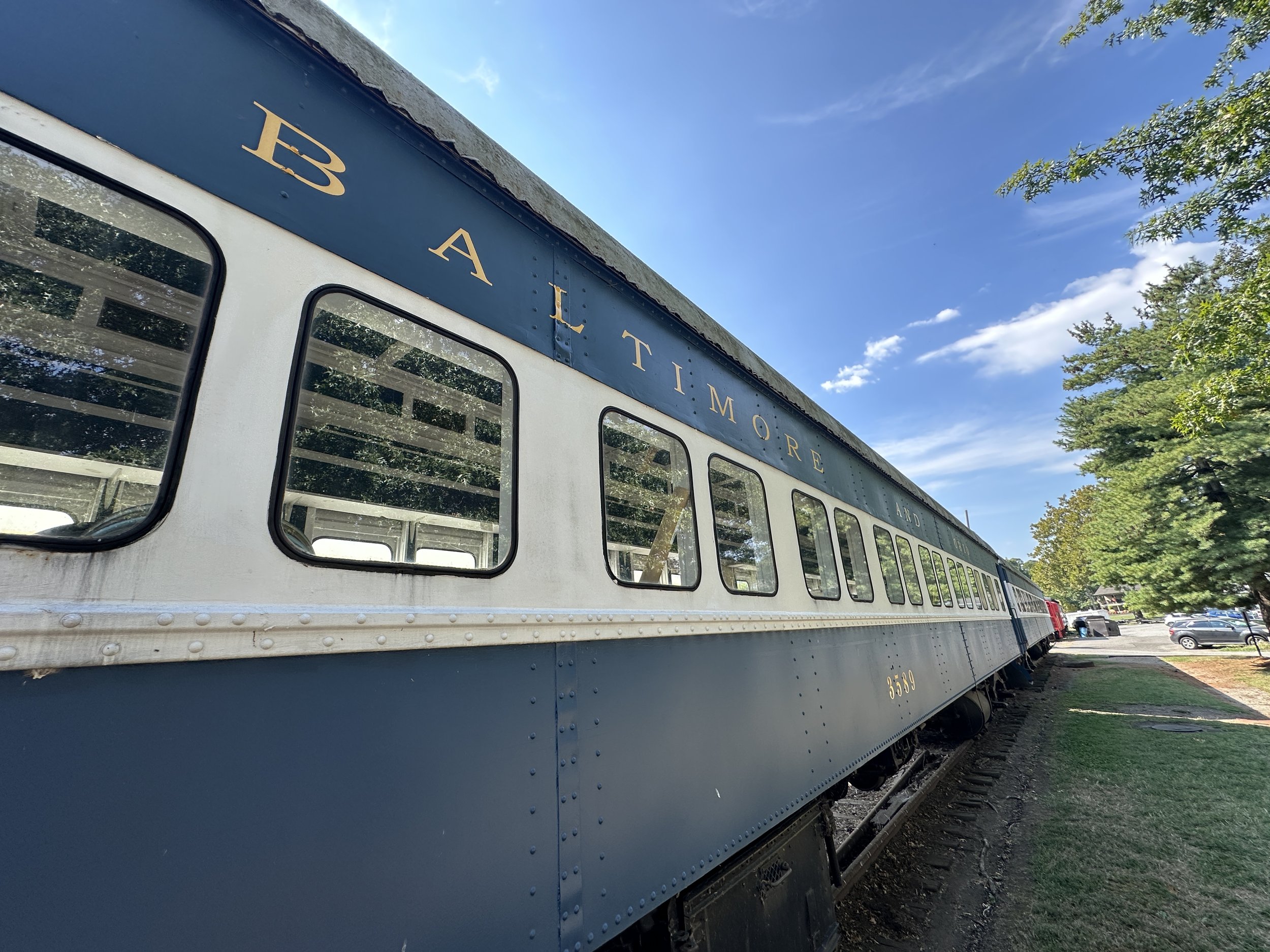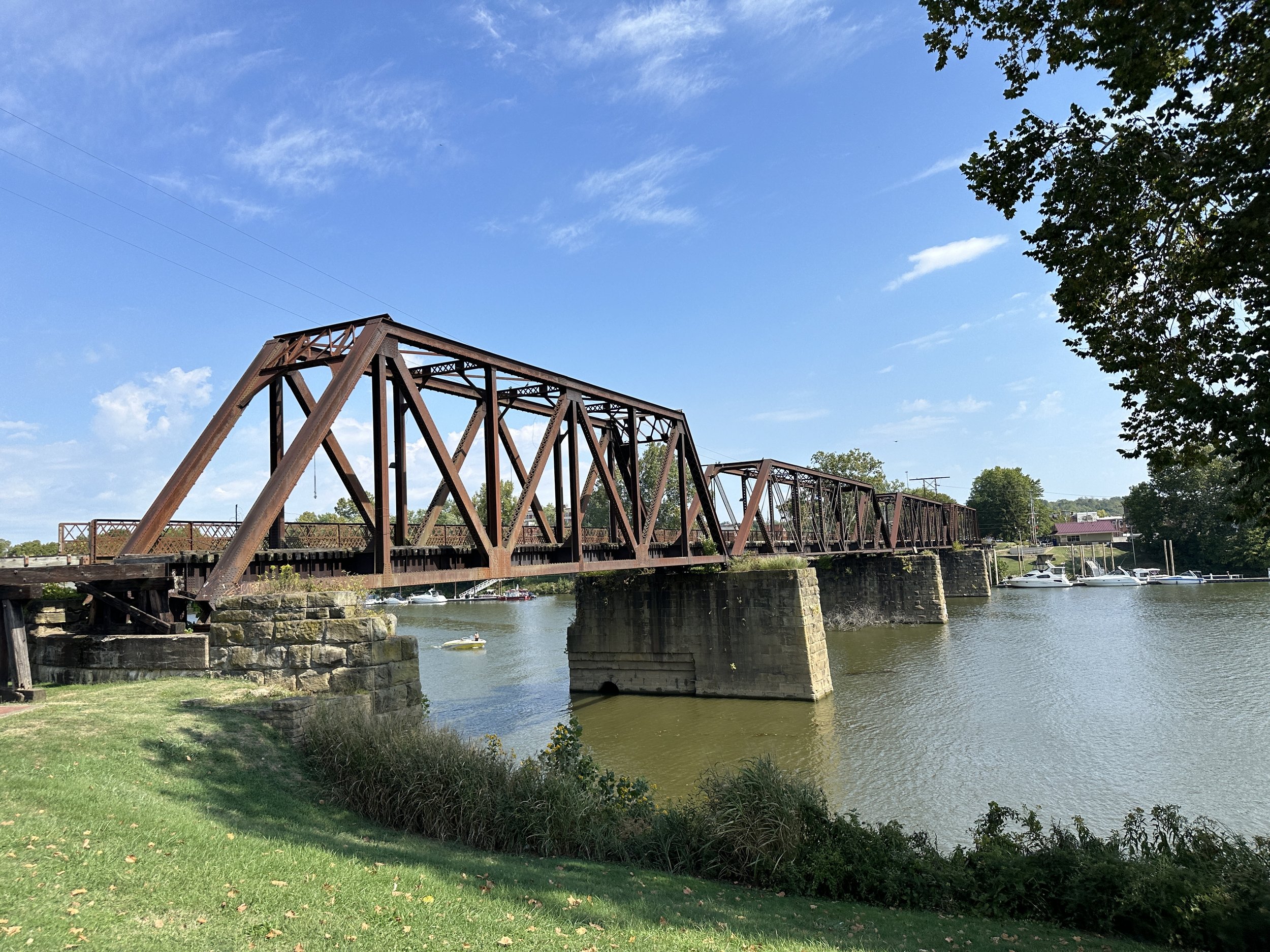
HARMAR ELEMENTARY
Redevelopment Assessment
>>> CALENDAR OF EVENTS
PUBLIC MEETING #1
February 5, 2025
6PM - 8PM
Washington County Public Health Dept.
340 Muskingum Drive, Suite B
Marietta, OH 45750
Meeting Flyer
Meeting Social Media Post
Meeting Presentation
PUBLIC MEETING #2
May 22, 2025
6PM - 8PM
The Armory Gymnasium
241 Front Street
Marietta, OH 45750
Meeting Flyer
Meeting Social Media Post
>>> SURVEYS
COMMUNITY SURVEY #1
Closed February 20, 2025
Survey Results
YOUTH SURVEY & DRAWING ACTIVITY
Closed March 16, 2025
Survey & Drawing Results
COMMUNITY SURVEY #2
Closed June 6, 2025
Survey Results
>>> PROJECT OVERVIEW
Neighborhood Strategies was hired by Ohio University and the Mayors’ Partnership for Progress to work with the City of Marietta (as an MPP member) to facilitate the Redevelopment Assessment of the Harmar Elementary School site. This assessment is intended to gather input to represent and interpret the communities’ vision for future utilization(s) of the site. The final recommendation resulting from this assessment is not intended to be a final decision by the City or the Board of Education, nor a final technical design for the site. This is a collective first step, brainstorming how the site could best benefit the community.
Through this assessment, the City would like to understand the following to guide its further participation in any reuse effort for the site:
How the concept will contribute to a vibrant and healthy Harmar Village and Marietta while honoring local history.
How the concept could incorporate community river access and public spaces.
How the concept supports City plans such as Connected Marietta.
How feasible the concept is with regard to cost, construction, sustainability, and longevity.
SITE HISTORY
The Harmar Elementary School site, given its location at the confluence of the Muskingum and Ohio Rivers, has played a significant role throughout history. Prior to colonial exploration and establishment of the Northwest Territory, the Hopewell and Adena indigenous cultures (~100 B.C. - ~ 500 A.D.) built earthen ceremonial structures across Ohio, including across Marietta. In 1788 Marietta became a base for U.S. expansion north of the Ohio River. Fort Harmar was established on the site from 1785-1790. In September of 1803, Captain Meriwether Lewis (of the Lewis and Clark Expedition) looking to land in Marietta purportedly first landed on the western bank of the mouth of the Muskingum River right next to what had previously been Fort Harmar. In 1953, the Harmar Elementary School was built at the site serving several generations of students until its closure in May of 2021.
For additional historical context regarding the site please contact the following local history organizations:









>>> OVERSIGHT COMMITTEE
The Oversight Committee will help guide the Redevelopment Assessment process. The Committee will provide information regarding the community and the Harmar Elementary School site including providing historical context, advising on public engagement, and helping to put together groups representative of the community for the stakeholder charrettes. Committee members will also participate in stakeholder discussions providing input and encouraging their community to contribute.
COMMITTEE MEMBERS
Erin Augenstein | Executive Director, Northwest Territory Museum Society and Campus Martius and Ohio River Museums
Natalie Bradley | Director, Historic Harmar Bridge Company
Derek Buell | Chairman of the Board, Historic Harmar Bridge Company
Thomas Fenton | Member, Friends of Fort Harmar
Autumn Grasley | Community Ambassador, Creating Healthy Communities
Sherry Ellem | Administrative Director, Washington County Health Department
Jesse Roush | Executive Director, Southeastern Ohio Port Authority
Geoff Schenkel | Community Development Director, City of Marietta
Josh Schlicher | Mayor, City of Marietta
Allie Schultheis Fouss | Chair, Harmar Days Festival
Sam Tuten | Vice President, Marietta City Schools Board of Education
>>> COMMUNITY ENGAGEMENT
Community Engagement is vital to this effort and will greatly inform the assessment. It includes both virtual and in-person engagement.
VIRTUAL ENGAGEMENT & SURVEYS
These engagement activities ensure the community is informed on assessment progress and has the opportunity to participate if they are not able to attend an in-person session.
IN-PERSON ENGAGEMENT
Public Meeting #1
This meeting was held early on to learn about the assessment goals and allow the opportunity to provide general input on both the use of the site and how the Project Team may best proceed with gathering community input.
Stakeholder Charettes/Workshops
Community stakeholders were organized into smaller groups to engage in more in-depth discussion regarding the feedback and ideas brought forth in the first public meeting. A charette-style approach prompted participation through immersive activities to determine and further explore potential concepts. The goal of these workshops was to start narrowing down plausible ideas and consider the pros and cons of each.
Public Meeting #2
This meeting will share concepts that have come forward from the first meeting and the stakeholder charettes. The Neighborhood Strategies team will narrow input down to 2-3 concepts for presentation and open up the room to questions and comments. Preliminary sketches will be presented for each concept and feedback will be solicited that aids in the creation of the final concept recommendation and corresponding illustration. Attendees will be encouraged to give feedback during the meeting or follow-up via email or website.
Final Public Meeting
The final meeting will be held in coordination with the Project Oversight Committee to present an Executive Summary of the Final Redevelopment Assessment Report including the final land use recommendations, final illustrations of the concept, and how stakeholder engagement informed the decision. The City and any relevant partners will have a chance to speak to next steps and answer questions alongside the Neighborhood Strategies team.
YOUTH ENGAGEMENT
The City of Marietta engaged young residents, specifically those ages 5-17, to help brainstorm what they’d like to see happen at the Harmar Elementary site. Including the Marietta youth in engagement activities brought a unique perspective, broadened the possibilities for the site’s redevelopment, and involved young residents for whom community projects will serve for years to come. Additionally, it ensured that a variety of stakeholders who represent Marietta—especially youth, who typically don’t have a voice in decision-making—had the opportunity to give input and be heard.
Two surveys were created for youth feedback—one geared toward elementary-age children and the other for middle to high school students. Additionally, students were provided with an optional drawing prompt that allowed them to bring their vision for the site to life. The majority of students participated in the survey and/or created their site drawings as part of a class project.
>>> FINAL REPORT COMPONENTS
Input from community engagement and direction from the Oversight Committee will result in a Final Redevelopment Assessment Report including the following components:
Executive Summary
Introduction and Project Overview
Project Oversight Committee & Project Team Description
Methodology and Source Summary
Background Analysis
Site Evaluation
Community Engagement and Feedback Summary
Concept Illustration Process Summary
Recommended Redevelopment Concept
Conclusion and Recommended Next Steps
>>> ANTICIPATED TIME FRAME
Research & Background Information Gathering
November 2024 – January 2025
Project Administration
November 2024– June 2025
Site Evaluation
November 2024 – January 2025
Community Engagement
January 2025 – June 2025
Concept Designs
January 2025– April 2025
Final Report Creation
February 2025 – June 2025
>>> DOCUMENTS
As documents become available, they will be posted here.







